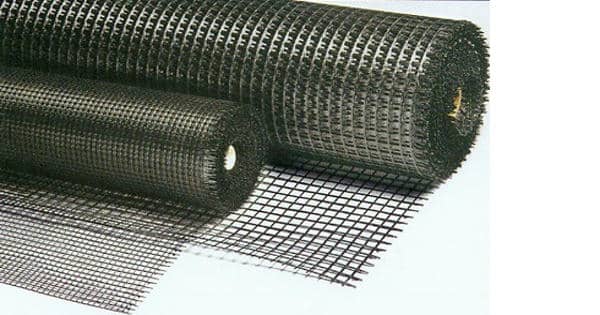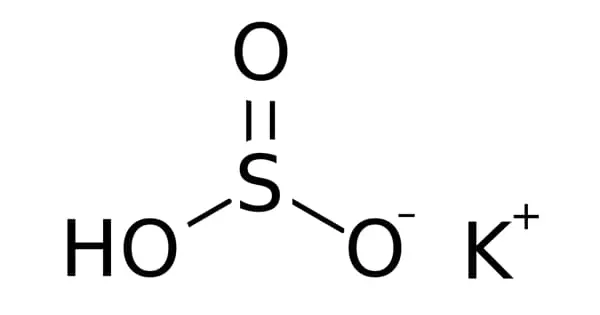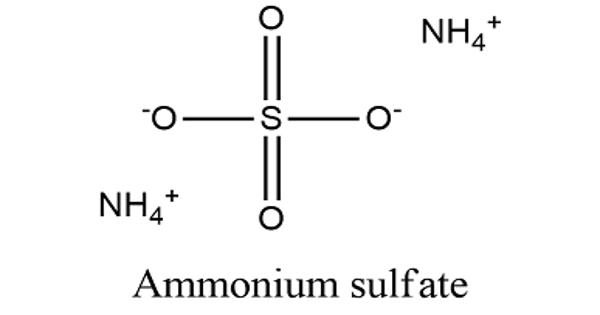Several hundred different chemical substances in tap water stored in reusable plastic bottles by researchers at the University of Copenhagen. Several of these substances have the potential to be hazardous to human health. According to the chemists who conducted the study, there is a need for better regulation and manufacturing standards for manufacturers.
Have you ever tasted the water that had been sitting in a reusable plastic bottle for a while? There appears to be a solid, albeit concerning, the reason for this. Two University of Copenhagen chemists investigated which chemical substances are released into liquids by popular types of soft plastic reusable bottles. The results were quite unexpected.
“We were surprised by the high concentration of chemical substances found in the water after 24 hours in the bottles. There were hundreds of substances in the water, including substances never before found in plastic and substances that could be harmful to one’s health. There were thousands of dishes after a dishwasher cycle “Jan H. Christensen, Professor of Environmental Analytical Chemistry at the Department of Plant and Environmental Sciences at the University of Copenhagen, agrees.
Endocrine disruptors and insecticide
Professor Christensen and colleague Selina Tisler discovered over 400 different substances in bottle plastic and over 3,500 substances in dishwasher soap. The majority of these are unidentified substances that the researchers have yet to identify. However, the toxicity of at least 70% of the identified chemicals is unknown.
Photo-initiators are among the toxic substances in the water that the researchers are concerned about. These are known to have potentially harmful effects on organism health, such as endocrine disruptors and carcinogens. Furthermore, the researchers discovered a variety of plastic softeners, antioxidants, and release agents used in the manufacture of the plastic, as well as Diethyltoluamide (DEET), the active ingredient in mosquito spray.
The study demonstrates how little is known about the chemicals emitted by products with which our food and drink come into contact. Furthermore, it is a general issue that production measurement regulations are extremely lax. Fortunately, both in Denmark and globally, we are investigating how to better regulate this area.
Jan H. Christensen
Machine washing adds more substances into the bottled water
In their experiments, the researchers imitated how many people use plastic drink bottles in everyday life. People frequently consume water that has been stored in bottles for several hours. The researchers left ordinary tap water in both new and used drinking bottles for 24 hours before and after machine washing, as well as after the bottles were washed in the dishwasher and thoroughly rinsed in tap water.
“The soap substances from the surface are what are released the most after machine washing. After machine washing and extra rinsing, the majority of the chemicals from the water bottle itself remain. The most toxic substances we found were found after the bottle had been washed in the dishwasher, presumably because washing wears down the plastic and thus increases leaching “Selina Tisler, postdoctoral researcher and first author from the Department of Plant and Environmental Sciences, explains.
After an additional rinse, nearly 500 different substances remained in the water in new reusable bottles. Over a hundred of these substances were derived from the plastic itself.
She emphasizes that they have yet to determine whether the water in the bottles is hazardous to health because they only have an estimate of the concentrations of the substances and toxicological assessments have not been completed.
‘Just because these substances are present in the water does not imply that the water is toxic or that it affects humans.’ But the problem is that we simply don’t know. And, in general, drinking soap residues or other chemicals isn’t a good idea,” says Selina Tisler.
“From now on, I’ll use a glass bottle.”

“We are very concerned about pesticide levels in our drinking water. However, when we pour water into a container to drink from, we unapologetically add hundreds or thousands of substances to the water. Although we cannot yet say whether the substances in reusable bottles are harmful to our health, I will use a glass or high-quality stainless steel bottle in the future” Jan H. Christensen says.
The researchers suspect that bottle manufacturers intentionally add only a small percentage of the substances discovered. The majority occurred inadvertently during the manufacturing process or during use, where substances may have been converted from other substances. This includes the presence of the mosquito repellent DEET, which the researchers hypothesize is converted into DEET as one of the plastic softeners degrades.
“However, only a tiny fraction of the toxicity of the known substances that manufacturers purposefully add has been studied. As a result, as a consumer, you don’t know if any of the others are harmful to your health” Selina Tisler says.
Too little knowledge, too leniently regulated
The findings, according to the researchers, show a lack of both knowledge and regulation: “The study demonstrates how little is known about the chemicals emitted by products with which our food and drink come into contact. Furthermore, it is a general issue that production measurement regulations are extremely lax. Fortunately, both in Denmark and globally, we are investigating how to better regulate this area” Jan H. Christensen expresses his opinion.
Meanwhile, Selina Tisler hopes that businesses will take responsibility on their own: “Hopefully, companies that put their names on reusable plastic bottles will be more careful about the products they purchase from suppliers and perhaps place greater demands on suppliers to investigate the substances found in what they manufacture,” Tisler concludes.
The findings of the study have been published in the scientific journal Journal of Hazardous Materials.
Brief summary of the experiment
Three different types of drinking bottles, all of which are available in Danish stores, were tested. According to the manufacturer, two of the bottles are made of biodegradable plastic. Bottles were used that were both new and heavily used. The bottles were tested before and after machine washing, as well as five additional rinses in tap water.
The researchers used a liquid chromatograph and a mass spectrometer to perform non-target screening (NTS), which, like traditional methods, does not limit analysis to the substances suspected to be present, but instead screens for all substances present.
















